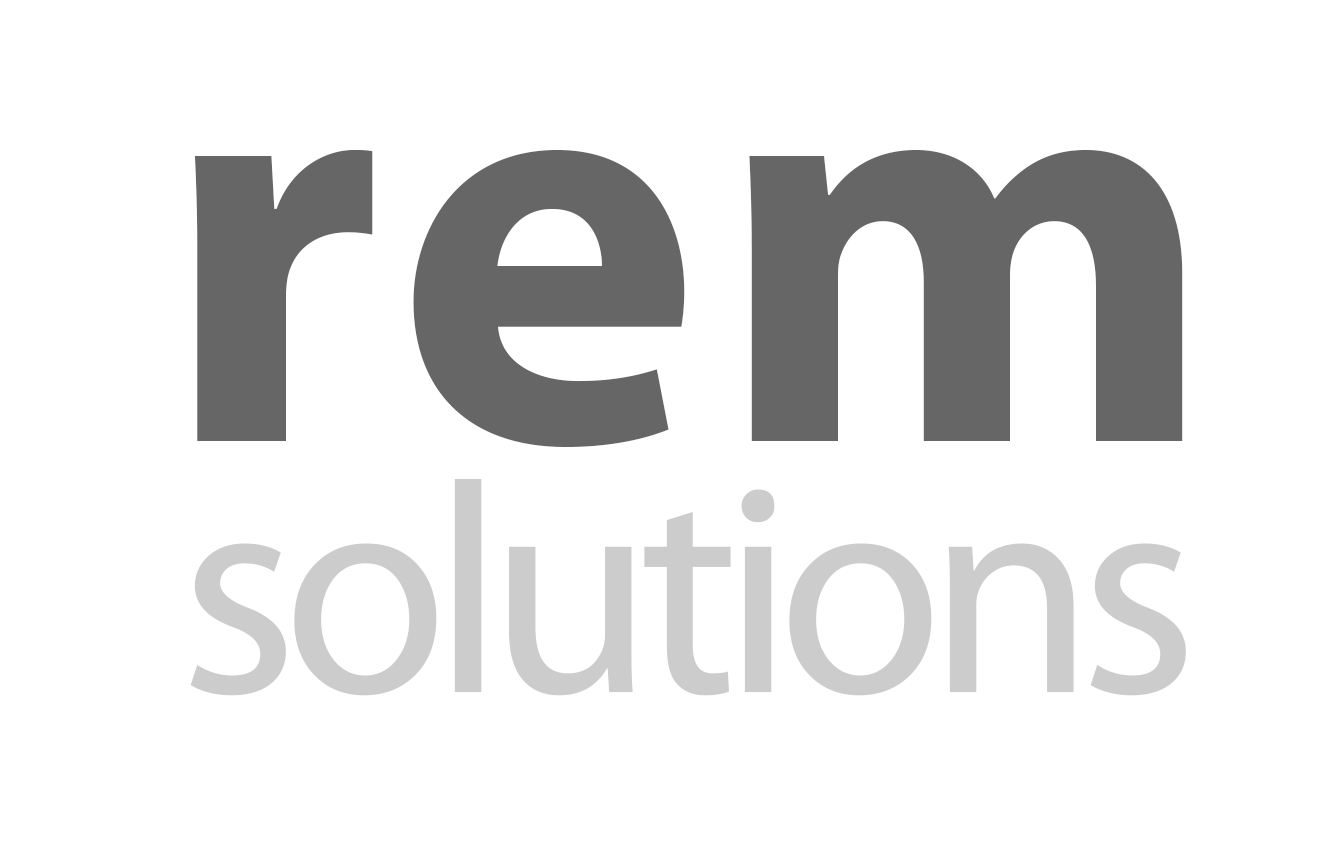“Data Rich, but Insight Poor”.
Many articles on Reward and HR Analytics have this phrase in them, referring to HR.
Employment Equity Reporting is a great example of this. Many hours are put into gathering payroll data, generating spreadsheets, calculating income differentials, comparing between years, and trying to explain changes.
The time cost of this is high. And it is repeated and incurred annually. It makes HR an “admin” function, with a focus on getting the data “right” rather than using it to create insight. We are able, within the same solution, to reduce this cost and create new insights.
We can be showing leaders where key shifts are in our demographics over a number of years, where our promotion and appointment of employees hasn’t kept pace with our labour turnover, where (or who) the obvious sources of discrimination are and what areas are contributing to our success. We could be answering the real questions the business is asking about Employment Equity.
Instead of generating Excel spreadsheets to fulfil legislative reporting requirements, this becomes the “small” part of the exercise, and we instead generate rich, visual insights in addition to our reports. We also spend less money doing this than we would have producing Excel reports.
This is the advantage of using business intelligence and analytics tools. The analysis we create in Year 1 is reusable in every successive year. Investment Year 1, benefit every year. Our focus shifts from what we have to do to get all the compliance data and reporting “done” to creating insights for leaders with the reporting as a by-product. And we enhance value not only by reducing costs but by creating insights which change business decisions.
I’m an accredited Master Reward Specialist with a passion for Business Intelligence, Analytics and the benefits that a Big Data approach brings to Human Resources. My company, REM Solutions, is an outsource solution for HR analytics.
Feel free to get in touch with me to talk about this, have me talk to your leadership team, or to have a look at simple examples of what can be implemented within your organisation.


Recent Comments